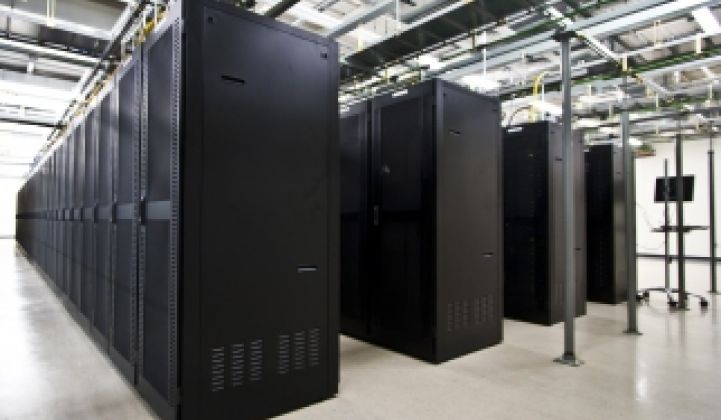The global green IT revolution has arrived.
That's the gist of a March survey of more than 1,000 corporate IT leaders in North America, Europe, Asia and Latin America by computer security and data center optimization company Symantec.
Companies around the world are spending more on making data centers and other IT operations more energy efficient, and IT departments are increasingly taking the lead in overall corporate green efforts, the survey found.
Compared to surveys from years past, the results show that "Green IT is now an essential line item, whereas before it was something to be tackled later," said Jose Iglesias, vice president of global solutions at Symantec.
The proof? Nearly three-quarters of those surveyed said they're increasing their budgets for green IT, nearly a fifth of them by more than 20 percent – and this at a time when most overall IT budgets are falling, Iglesias said.
And when comparing products with equivalent performance, nearly two-thirds of respondents said they'd pay 10 percent more for the more energy efficient choice, and 41 percent would pay 20 percent more, the survey found.
The shift comes along with an increasing emphasis on IT departments to tackle corporate green efforts, Iglesias noted - as well as an increasing shift to make IT departments account for their energy use.
"All of a sudden now, 83 percent of the IT departments are responsible to pay for that electricity" that they consume, he said. A comparable survey from a year ago put that figure at about 11 percent, he noted.
The need to cut costs amidst a global recession may also play a part, Iglesias noted – something backed up by an April study by Forrester Research that showed corporations increasingly keen to cut back on IT costs to improve the bottom line (see Recession Pushed IT Power Software).
As for how companies are going about greening their IT, 95 percent were replacing old equipment – likely welcome news to server vendors, who say they've seen the time spans at which corporations refresh their servers accelerate as a result of energy efficiency becoming part of data centers' cost calculations (see Will Energy Accelerate the Computer Refresh Cycle?)
While that's to be expected, the 94 percent of survey respondents now monitoring IT energy use was a big jump up from a previous survey last year that put energy monitoring as a priority in the "low teens," Iglesias said.
As for turning to server virtualization or consolidation, 94 percent and 93 percent of respondents cited those efforts as a priority, the survey found. Turning to cloud computing or software as a service, on the other hand, was seen as a green IT solution for 57 percent of those surveyed.
Those results matched comments made last month by John Suffolk, the United Kingdom's chief information officer, that thin clients and virtualization were ahead of cloud computing as a focus for the government's green IT efforts (see Green IT Starts With the Basics, Says U.K.'s CIO).
While cutting power and cooling costs were cited as the chief reasons for greening IT, reducing carbon footprint from energy use was a close third, Iglesias noted.
And 85 percent of respondents said government regulations, either in place or anticipated, played a role in their green IT decisions – a fact that coincided with results showing that North American IT leaders were catching up to their European counterparts in making green IT a priority, he noted.
Symantec has its own energy-saving IT solutions to offer, including data consolidation and power management systems that can power down equipment that has remained idle for a set period of time, Iglesias said.



